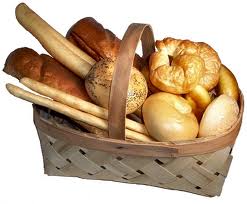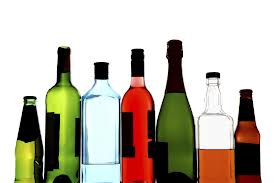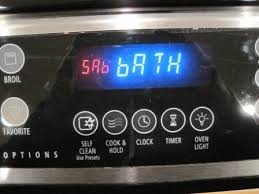Kashrus Kurrents Summer 2014
Q: I have heard that someone who bakes loaves of bread with the intention of giving them to other people does not separate challah with a brocha. Can you explain the parameters of this halacha?
A: One is obligated to perform the mitzvah of separating challah when kneading dough which will be baked into bread. The amount of flour one must knead in order to be obligated in this mitzvah is an asiris ha’aifa, which is equivalent to the volume of 43⅕ beitzah.1 The exact volume of a beitzah is a matter of dispute. L’halacha, one should separate challah without a brocha when kneading 2.6 lbs. of flour, which on average is equivalent to 8⅔ cups of flour. According to Rav Chaim Noeh, one can separate challah with a brocha when kneading 3.675 lbs. or more of flour (on average, 12¼ cups). Many follow the opinion of the […]








 STAR-D
STAR-D STAR-S
STAR-S